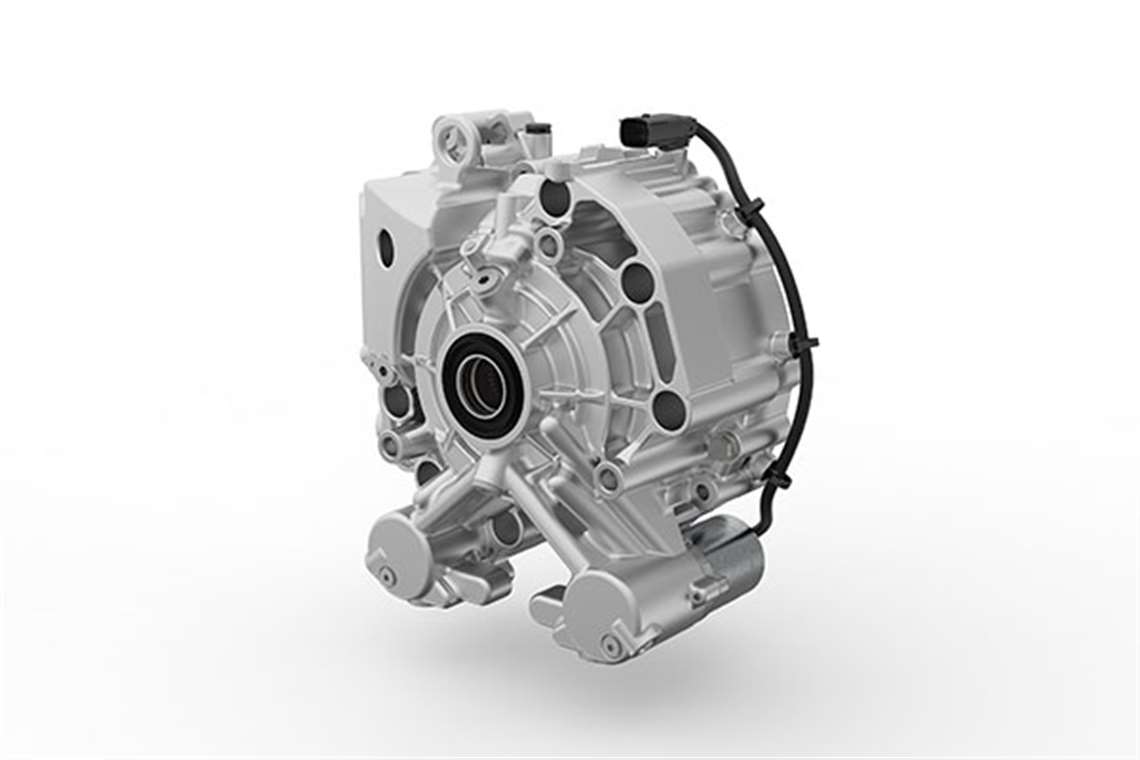Torque Vectoring System For Electric Vehicles
29 October 2019

BorgWarner announced it has developed a torque vectoring system for electric vehicles which enables the use of one electric motor instead of the traditional two motors typically found on EVs. The company said start of production will begin in the first half of 2022 “for a major, global OEM’s electric vehicle.”
The BorgWarner Torque-Vectoring Dual-Clutch unit, which features two clutches – one inner and one outer – is designed to replace the conventional differential in an electric driveline.
“Our new Torque-Vectoring Dual-Clutch system, which minimizes wasted torque, conserves energy and requires fewer components, exemplifies how our existing internal combustion engine and driveline expertise complements our work with electric vehicles,” said Stefan Demmerle, president and general manager PowerDrive Systems, BorgWarner.
The Torque-Vectoring Dual-Clutch commands torque independently, distributing torque to the left and right wheels from its position on the rear axle. The Torque-Vectoring Dual-Clutch, connected to one electric motor and featuring two reversible GenVI actuators (one per clutch), dynamically transfers torque for improved steering response and controllability. This system has a capacity of up to 2600 Nm per clutch and has a feature that disconnects the rear-axle when all-wheel drive isn’t needed. The vehicle then operates in front-wheel drive, resulting in reduced losses and increased range for electric vehicles.
STAY CONNECTED




Receive the information you need when you need it through our world-leading magazines, newsletters and daily briefings.
POWER SOURCING GUIDE
The trusted reference and buyer’s guide for 83 years
The original “desktop search engine,” guiding nearly 10,000 users in more than 90 countries it is the primary reference for specifications and details on all the components that go into engine systems.
Visit Now
CONNECT WITH THE TEAM









